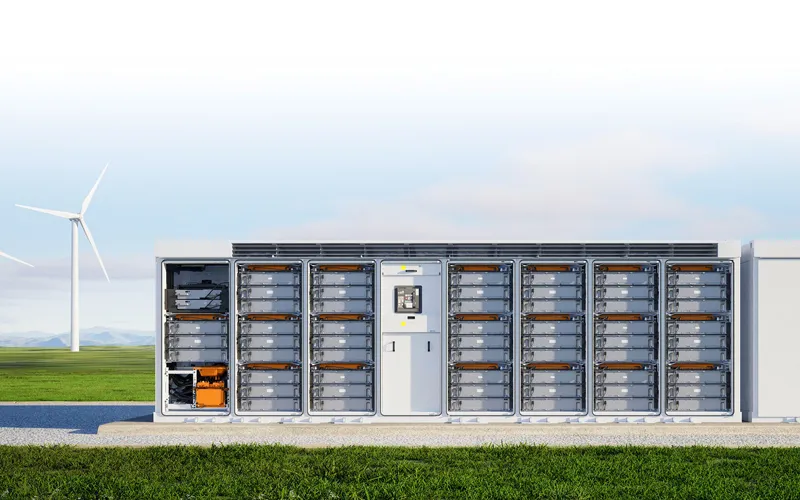Heat Conductive Pad Help the Energy Storage System Dissipate Heat
- Posted on:2023-06-06 13:47:00
- Source:AOK Thermal Pad Manufacturer Industry News
Since the energy required by people has strong time and space, in order to use energy reasonably and improve energy utilization, it's necessary to use a device to collect and store the excess energy that is not used for a period of time in a certain way. Extract and use it at the peak of use, or transport it to a place where energy is scarce, and this method is energy storage.
The basic task of energy storage systems is to overcome temporal or local differences between energy supply and demand. There are two situations for this difference. One is caused by sudden changes in energy demand, that is, there is a peak load problem. The energy storage method can play a role in regulating or buffering when the load change rate increases. Since the investment cost of an energy storage system is relatively lower than that of building a peak load plant, although the energy storage device will have storage losses, it can still reduce fuel costs because the stored energy comes from excess energy or new energy from the factory.
The heat conductive pad is mainly used as the thermally conductive insulating materials required when the bottom of the energy storage battery module is placed in the battery cabinet. Since the material has the effect of stabilizing the temperature control of the battery module, it can help the battery maintain a certain temperature under the regulation of the system temperature control, which can reduce the service life is reduced, and the insulation safety of the battery modules connected in series in the energy storage cabinet is ensured under charging and discharging.
Heat conductive pad are used to help dissipate heat from the energy storage system. Heat conductive pad are designed to transfer heat away from the energy storage system and distribute it evenly across a larger surface area, which helps to prevent overheating and maintain optimal performance. The following aspects need to be considered when selecting a suitable thermal cooling pad for energy storage battery packs:
1. The size and shape of the energy storage battery pack: Because different energy storage battery packs have different sizes and shapes, you need to choose the size and shape of the thermal cooling pad that suits your own battery pack.
2. The power and heat dissipation efficiency of the heat conductive pad: The higher the power and heat dissipation efficiency of the heat conductive pad, the faster the battery pack can be dissipated to avoid overheating and damage to the battery. Therefore, you need to choose the appropriate power and heat dissipation efficiency according to your own needs.
3. The safety performance of the cooling pad: Choose a thermal cooling pad with good safety performance to avoid safety problems during use. In addition, it is also necessary to pay attention to whether the cooling pad meets the corresponding safety standards.
4. The materials of the heat conductive pad: The materials of the thermal cooling pad is also very important. The materials with good thermal conductivity and high temperature resistance should be selected to ensure that the thermal cooling pad can effectively dissipate heat from the battery pack.
Heat conductive pads are a crucial element in ensuring the efficient operation of energy storage systems. These systems are designed to store energy and release it as needed, providing a reliable source of power for a variety of applications. However, as energy is stored and released, it generates heat that must be dissipated to prevent damage to the system.
Heat conductive pads are an effective solution to this problem. These pads are made from materials that are highly conductive to heat, such as copper or aluminum. They are placed between the components of the energy storage system, providing a pathway for heat to flow away from the critical components. By using heat conductive pads, the energy storage system can operate at its full capacity without the risk of overheating. This is particularly important in applications where the system is subjected to high levels of stress or where downtime is not an option. In addition to their practical benefits, heat conductive pads are also cost-effective and easy to install. They can be customized to fit the specific needs of each energy storage system, ensuring optimal performance and efficiency.
Overall, heat conductive pads are a valuable investment for any energy storage system. They provide a reliable and efficient solution for dissipating heat, ensuring that the system can operate at its full potential without the risk of damage or failure. With their many benefits, it's no wonder that heat conductive pads have become a popular choice for energy storage applications across a wide range of industries.
If you would like to learn more about AOK performance thermal materials, please visit our website at www.aok-technologies.com.


